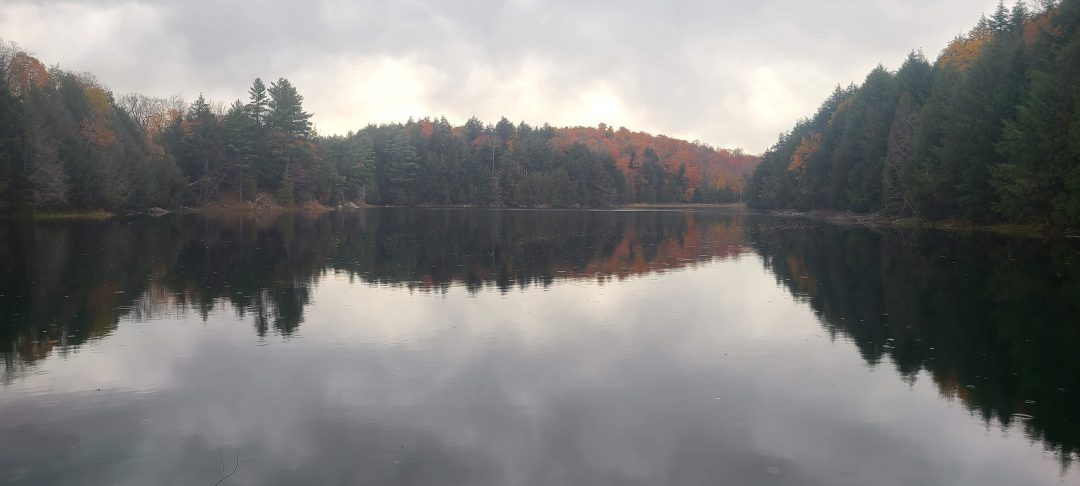Happy March Break everyone!
I hope you are able to sit back and relax this week as we get a much deserved break from the usual day-to-day of being a teacher. I wish I was sitting on a beach right now typing this but I am enjoying a cup of coffee at my kitchen table after an action pack few days at camp with the grade eights. So for me, the peace and quiet is all the vacation I need.
On our last P.A. day at school, our Emotional Coach helped us work through some challenging feelings. She reminded us of many important things we should focus on each day. I am going to share some of the biggest take aways from the P.A. day session as I feel they would be beneficial for all teachers (and adults) to think about.
Focus on the Positives
During each school day, I am sure many of us feel especially frusturated about the students who aren’t coming to class because they are hiding in the bathroom. Or upset with the students who do not start any activity that is assigned to them. But how often are we thinking, “Wow, I am so lucky to have that student who gets right to work and takes pride in their work” or “Look how many students came to school today with a positive attitude and are excited for what lies ahead.” It is easy to focus on the negatives but take the challenge after the March Break to focus on the positives. Think about those students who are so happy to learn and will dive into just about anything that is given to them. Of course, we still need to help all of our students but with time, maybe they will find their own sense of joy in the school community.
Reflect on a “difficult thing”
Our Emotional Coach asked us all to pick one difficult thing in our life that we think is affecting our mental well being. I wanted to share my difficult thing- negative people. I was challenged last month with a few negative people that brought me down. No matter how hard I tried, their negative comments stuck with me even though I tried to think positively. So my “difficult thing” choice was negative people. We were then asked to write down three ways we could improve the situation, revising them as needed. My three ways that I hope will help me are: focusing on the positives when around these people, remaining my positive self and to not react to them. I hope that next time I am faced with a negative situation, I can use these strategies. One staff member even suggested that once you feel in control of that one difficult thing, you can move on to a second thing and try to tackle that. I am really excited for this challenge and hope it will work! I invite you all to try it and if you feel comfortable, comment your “difficult thing” on this post.


 This leads me to my most recent read Teaching Community – A Pedagogy of Hope by iconic educator bell hooks. Although it took me a bit of penny pinching to add to my collection, it is worth every dollar. I can’t wait to share this text with others who, like me, are on a journey to create inclusive communities in their classrooms.
This leads me to my most recent read Teaching Community – A Pedagogy of Hope by iconic educator bell hooks. Although it took me a bit of penny pinching to add to my collection, it is worth every dollar. I can’t wait to share this text with others who, like me, are on a journey to create inclusive communities in their classrooms.